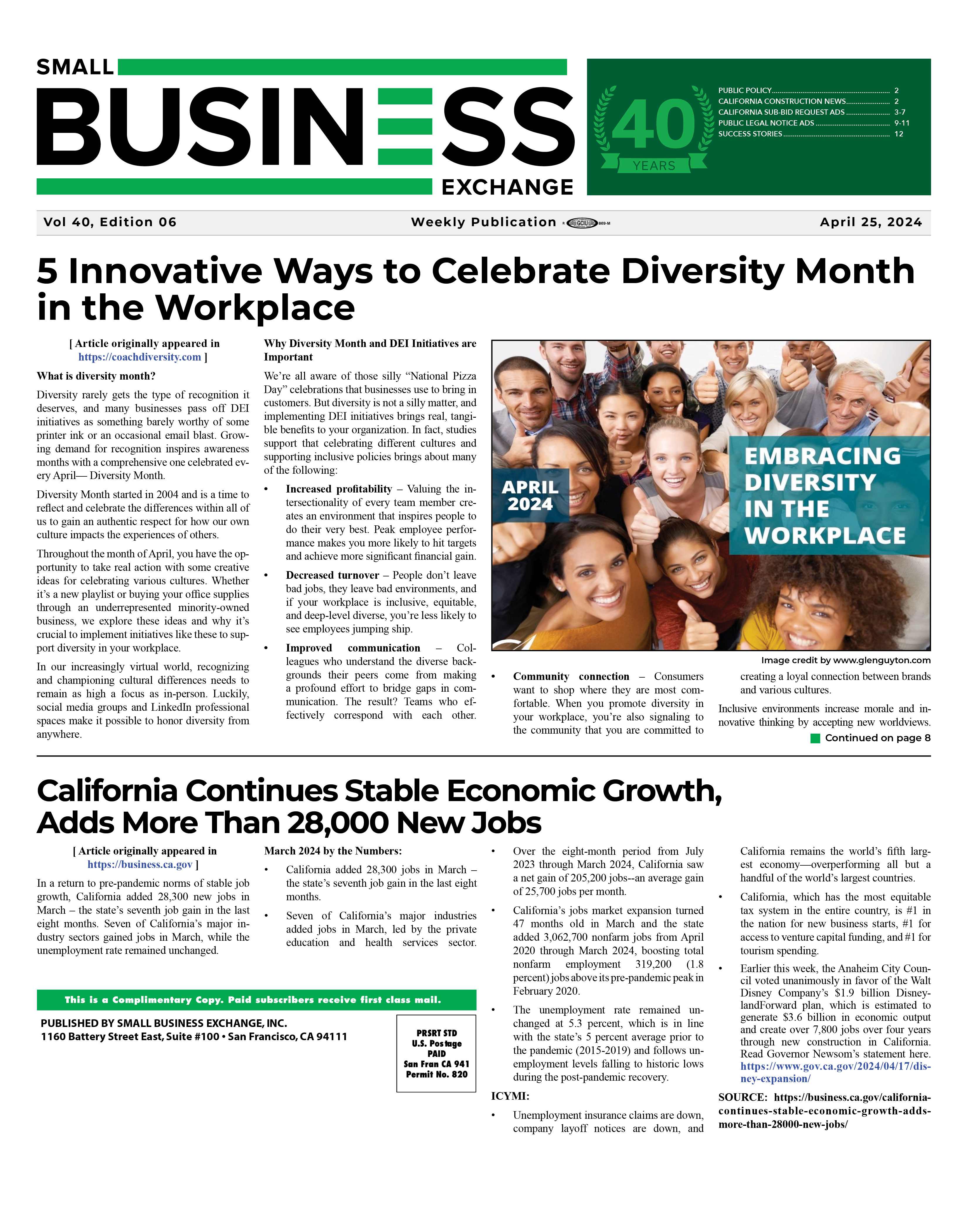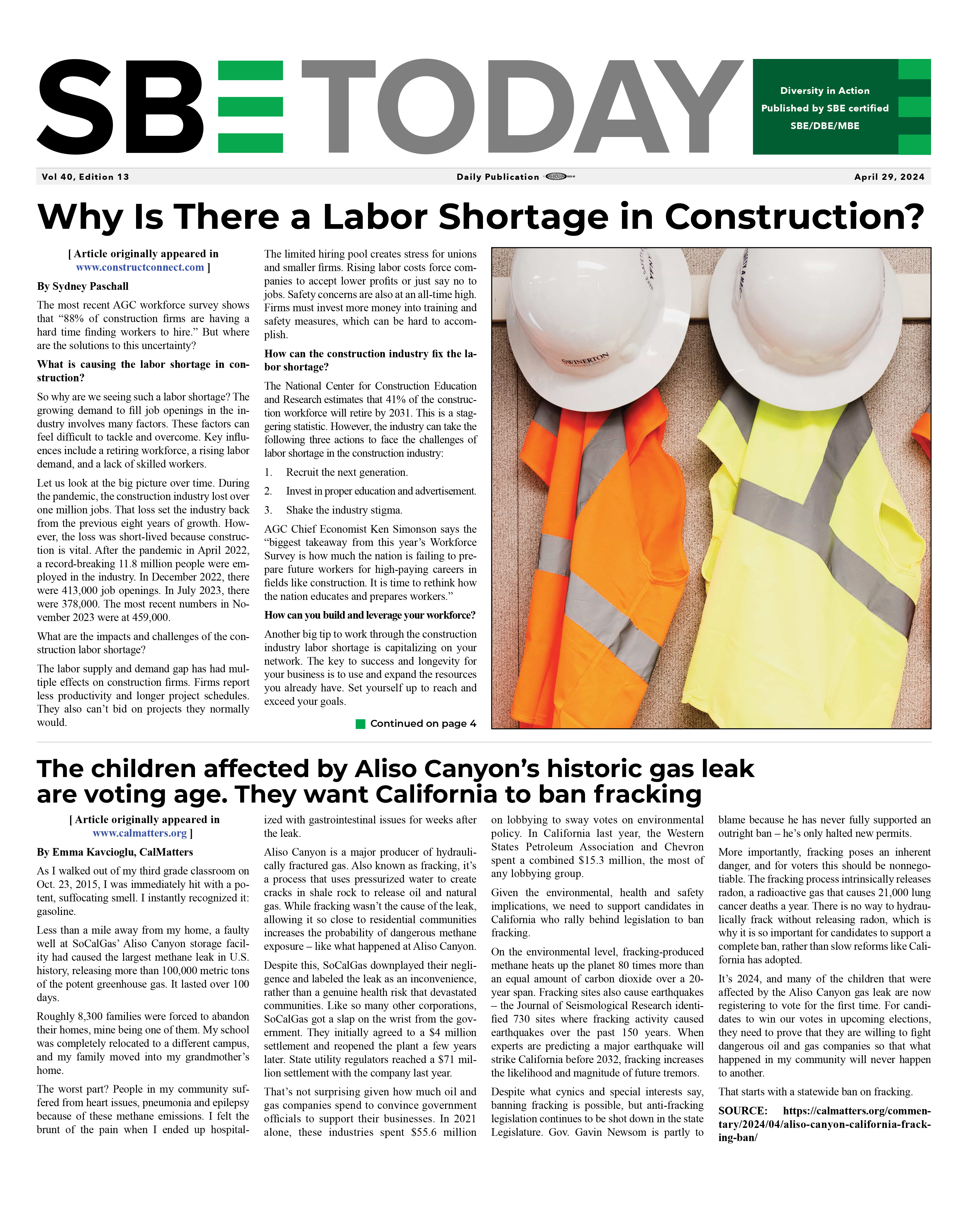|
|
Embedding Racial Equity Into the Fabric of California’s Government: What You Should Know About the State’s Racial Equity Commission
01/28/2024
[ Article originally appeared in https://greenlining.org ]
By “Life outcomes should not be predicted by zip codes and demographics” (Office of the Governor of California, 2022). The racial inequity we see today poses an urgent threat not just to people of color, but all aspects of a fair, just, and sustainable society. To make racial equity real for Californians, we need to address and transform systemic barriers to equity built into state government functions, policies, and decision-making processes. That’s the mandate of California’s newly established Racial Equity Commission, which will host its first public meeting online and in-person in Sacramento (agenda here) on January 24th, 2024. The Greenlining Institute, with our 30 years of racial equity experience in California communities and beyond, knows the status quo isn’t working. Too many people in too many communities are burdened by the stagnant paradigm of ineffective government functions and policies intentionally designed to maintain the status quo of inequality. This is how we know the racial opportunity gap will simply not close by itself. Racial equity is a practice and realizing equity requires an established, evidence-based approach with key processes and success factors. The California Racial Equity Commission provides an opportunity to transform state systems to correct past injustices rooted in institutional racism, while also proactively producing more equitable outcomes for communities of color. Commissioners will develop a State Racial Equity Framework–standardized, evidence-based methods for embedding equity into the function, goals, purpose, and outcomes of government institutions–and provide technical assistance to state agencies and local jurisdictions implementing racial equity strategies. If implemented effectively, these could set the stage for generational changes towards realizing a fair and just California. Ahead of the Racial Equity Commission’s first meeting, we’re doing a deep dive into how the Commission came to be, why it matters, and what the Commission will set out to accomplish. We encourage all Californians to participate in this important work by tuning in to the upcoming meeting and following along with us as we collaborate with the Commission to achieve its mission of making equity real in the state. How the Racial Equity Commission Came to BeThe California Racial Equity Commission is the result of years of persistent action by California organizations, lawmakers, and the commitments of Governor Gavin Newsom’s Administration to address stark, persistent disparities in the lives of Black, Indigenous, and people of color. It is the beginning of the important work to come to build new ways of government function and practice that directly connects communities to the government that serves them, and generates tangible social, economic, and political wellbeing. For years, grassroots organizations and nonprofits have advocated for the California State government to address systemic and institutional racism. Amidst the unequal impacts of the COVID-19 pandemic and public demands for racial justice in the face of police brutality and killings of Black and Brown people in America, a robust coalition of racial equity organizations, including Greenlining, sought remedies to systemic racism and discrimination through policy change. This set into motion a series of actions that eventually led to the formation of the Racial Equity Commission. Here is a breakdown of how this unfolded:
In 2022, Governor Newsom signed Executive Order N-16-22 mandating that state agencies take concrete, enumerated steps to address demonstrable inequities. The Governor followed up by releasing an internal memo furthering those directives, and established the Government Operations position for State Chief Equity Officer. Why it MattersCalifornia is among the most economically stratified states in the nation with massive gaps between high- and low-income families and severe racial disparities. Closing these existing gaps requires systematic changes to the state government. Virtually all determinants of wellbeing–health, wealth, housing and homeownership, clean air, water and land, education, nourishment, safety, justice, transportation–remain unevenly attainable and unevenly distributed by the government across communities in California based on the color of our skin. This didn’t happen in a vacuum or by mistake. The United States’ colonization of Native American land and the genocide of hundreds of thousands of Native peoples introduced racial difference and racial hierarchy to society as justification of resource seizure, sequestration, and capital accumulation. The transatlantic enslavement and commodification of African and Caribbean people formed the foundation of our economic system of capitalism. And later, intentional government policies and practices like redlining and disinvestment excluded Black and Brown communities from opportunities to build intergenerational wealth. Now, rather than legally explicit racism like formal segregation laws that divide society and access based on skin color, we see practices and policies that are “colorblind” meaning they do not name race as a factor for exclusion but undeniably produce inequitable results. Making racial equity real against this pervasive historical context requires our government to intentionally dismantle structures that perpetuate inequity, and design new systems that hold decision-makers accountable to equity outcomes in their internal and external functions. Making equity real also means creating avenues for community power sharing. It means, codifying equity into rules and regulations, requiring the use of robust tools to measure outcomes, and redefining criteria for analyses and impact. It means creating permanent staff and leadership infrastructure empowered to make necessary recommendations for system-wide transformation. What Will the Racial Equity Commission Do?
The Commission has a seven-year lifespan composed of 11 appointed, unpaid members who will each serve two-year terms. Members represent a broad spectrum of equity organizations and institutions rooted in communities of color across the state. The upcoming inaugural meeting is the public’s first chance to get to know our Commissioners and speak directly to the state government body about the racial equity changes we want to see. Back To News |
|




